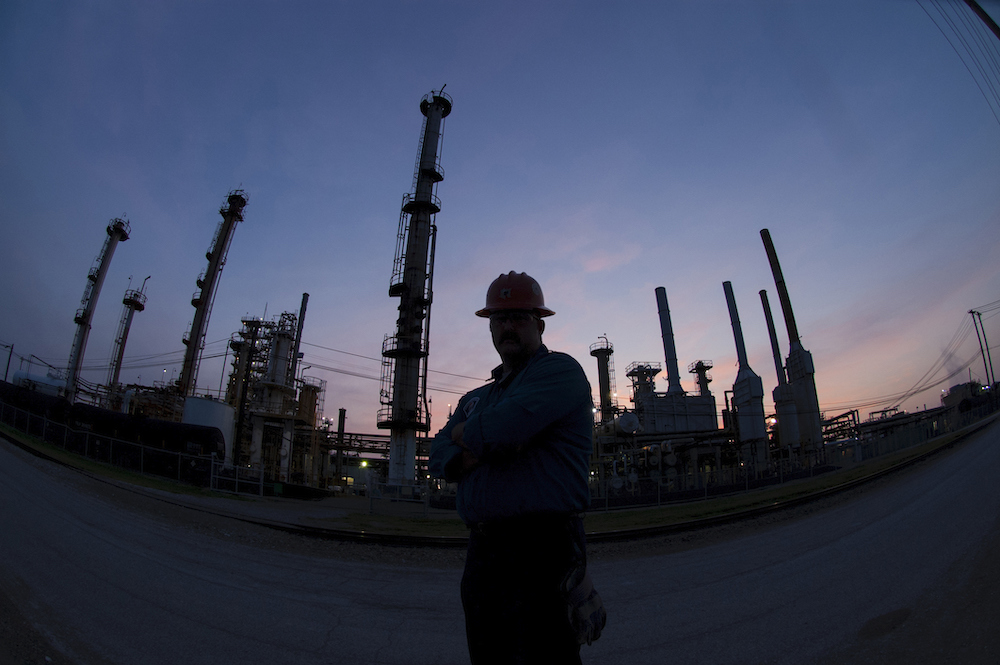- As OPEC and external allies such as Russia move to ease steep cuts in production on the back of expectations of a fragile recovery in demand, the pace of investments into renewable energy is expected to continue, say analysts.
- The rise in the use of renewable energy is viewed by some ESG investors as key to the global transition away from fossil fuels linked to global warming.
- Renewable energy accounts for almost 10% of capital expenditure at some European oil majors.
Major oil producers moved Wednesday to ease the steep cuts in production as they worry about a fragile recovery in demand, but analysts say the pace of investments into renewable energy is expected to remain steady in the short term.
The Organization of the Petroleum Exporting Countries and external allies such as Russia tightened the spigots in April and removed almost 10% of global supply of oil from the market after the COVID-19-induced lockdowns hurt the global economy and severely curtailed demand. Starting in August, the cartel and partners will relax their cuts to 7.7 million barrels per day until the end of 2020, down from a cut of 9.7 million barrels per day instituted in May.
The move comes after data from the International Energy Agency showed a tentative increase in the appetite for crude worldwide in the second half of 2020.
Brent crude, the global oil benchmark, inched up 1% to $43.30 a barrel on the back of OPEC’s announcement. Overall, oil prices have remained depressed since the start of the pandemic in March.
The economic fallout from the pandemic could still cause problems for the energy market, but the outlook for renewable energy remains steady even if the pace of the development is uncertain, says Stuart Joyner, an energy specialist at the research firm Redburn Partners.
Some of the largest private investors in renewable energy are big oil companies such as BP PLC and Royal Dutch Shell PLC. In the short term, oil majors have signaled a continued commitment to investing in alternative energy sources, which now accounts for nearly 10% of capital expenditure for the European oil majors. But it’s unclear how the low oil-price environment will affect the pace of alternative energy investments in the long run.
“The energy industry will not come out looking exactly like it did pre-crisis,” Joyner told Karma. “They will increase renewable spending [which] has been ring fenced. What I wouldn’t get too excited about is the pace of change, because at the moment it is still very slow.”
The oil and gas industry has been fighting for its survival during the pandemic. OPEC and its allies such as Russia eased their cuts to take advantage of the expected rise in demand and prevent American shale producers from taking away their market share.
U.S. shale producers have also been hurt by the pandemic. Producers such as Diamondback Energy Inc. have cut back on their production forecasts due to anemic demand and an environment where investors are less willing to throw cash at the industry due to the past low returns generated by companies in the shale patch.
Analysts such as Emily Ashford, director of energy research at Standard Chartered forecast a structural decline in shale output in the medium term. Ashford says that big oil majors may be able to pick up distressed assets in the U.S. Permian which covers areas such as West Texas and New Mexico. The moves could give majors more capital to plow into alternative energy.
“That may be an advantage for those companies, then that could be a positive for investment into renewable energy,” Ashford told Karma.” But it’s difficult to work out the longer-term impact of all of this.”






















